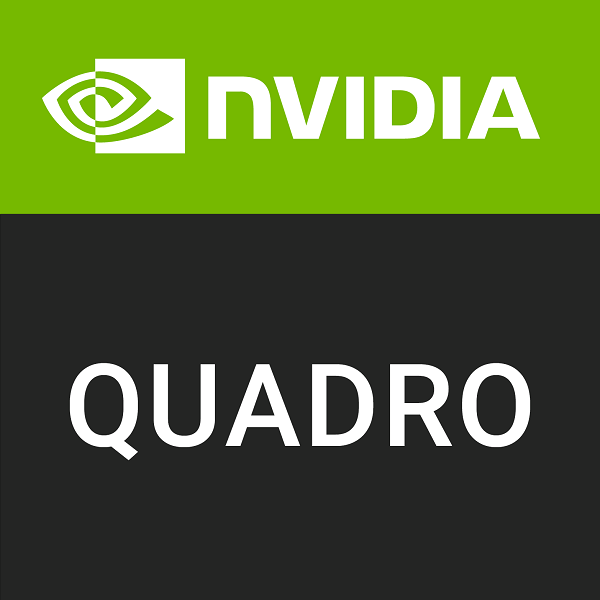NVIDIA T1000 vs NVIDIA Quadro K2000
We compared a Desktop platform GPU: 4GB VRAM T1000 and a Professional market GPU: 2GB VRAM Quadro K2000 to see which GPU has better performance in key specifications, benchmark tests, power consumption, etc.
Main Differences
NVIDIA T1000 's Advantages
Released 8 years and 2 months late
Boost Clock1395MHz
More VRAM (4GB vs 2GB)
Larger VRAM bandwidth (160.0GB/s vs 64.00GB/s)
512 additional rendering cores
Lower TDP (50W vs 51W)
Score
Benchmark
FP32 (float)
T1000
+241%
2.5 TFLOPS
Quadro K2000
0.733 TFLOPS
Graphics Card
May 2021
Release Date
Mar 2013
Quadro Turing
Generation
Quadro
Desktop
Type
Professional
PCIe 3.0 x16
Bus Interface
PCIe 2.0 x16
Clock Speeds
1065 MHz
Base Clock
-
1395 MHz
Boost Clock
-
1250 MHz
Memory Clock
1000 MHz
Memory
4GB
Memory Size
2GB
GDDR6
Memory Type
GDDR5
128bit
Memory Bus
128bit
160.0GB/s
Bandwidth
64.00GB/s
Render Config
-
-
-
14
SM Count
-
896
Shading Units
384
56
TMUs
32
32
ROPs
16
-
-
-
-
-
-
64 KB (per SM)
L1 Cache
16 KB (per SMX)
1024 KB
L2 Cache
256 KB
-
-
-
Theoretical Performance
44.64 GPixel/s
Pixel Rate
7.632 GPixel/s
78.12 GTexel/s
Texture Rate
30.53 GTexel/s
5.000 TFLOPS
FP16 (half)
-
2.500 TFLOPS
FP32 (float)
732.7 GFLOPS
78.12 GFLOPS
FP64 (double)
30.53 GFLOPS
Board Design
50W
TDP
51W
250 W
Suggested PSU
250 W
4x mini-DisplayPort 1.4a
Outputs
1x DVI
2x DisplayPort 1.2
None
Power Connectors
None
Graphics Processor
TU117
GPU Name
GK107
-
GPU Variant
GK107-301-A2
Turing
Architecture
Kepler
TSMC
Foundry
TSMC
12 nm
Process Size
28 nm
4.7 billion
Transistors
1.27 billion
200 mm²
Die Size
118 mm²
Graphics Features
12 (12_1)
DirectX
12 (11_0)
4.6
OpenGL
4.6
3.0
OpenCL
3.0
1.3
Vulkan
1.1
7.5
CUDA
3.0
6.8
Shader Model
5.1




